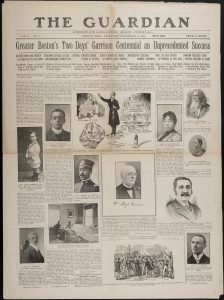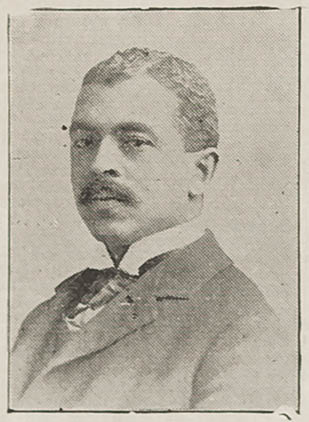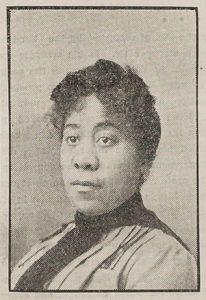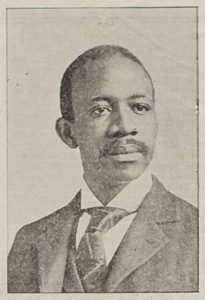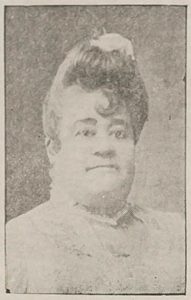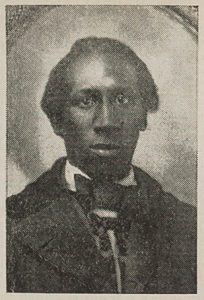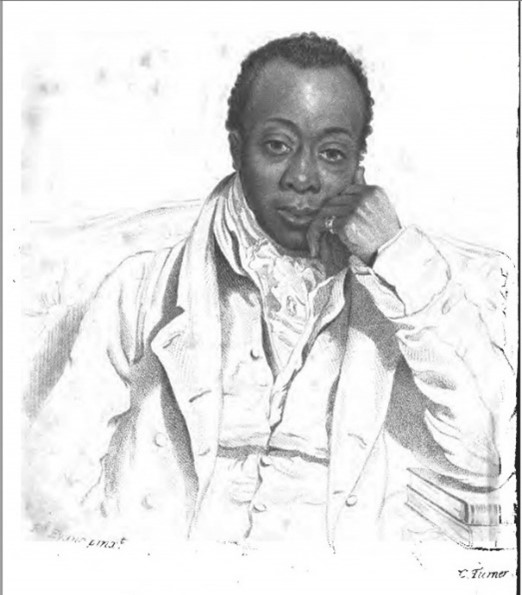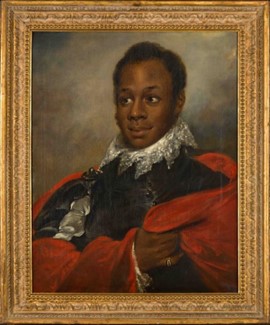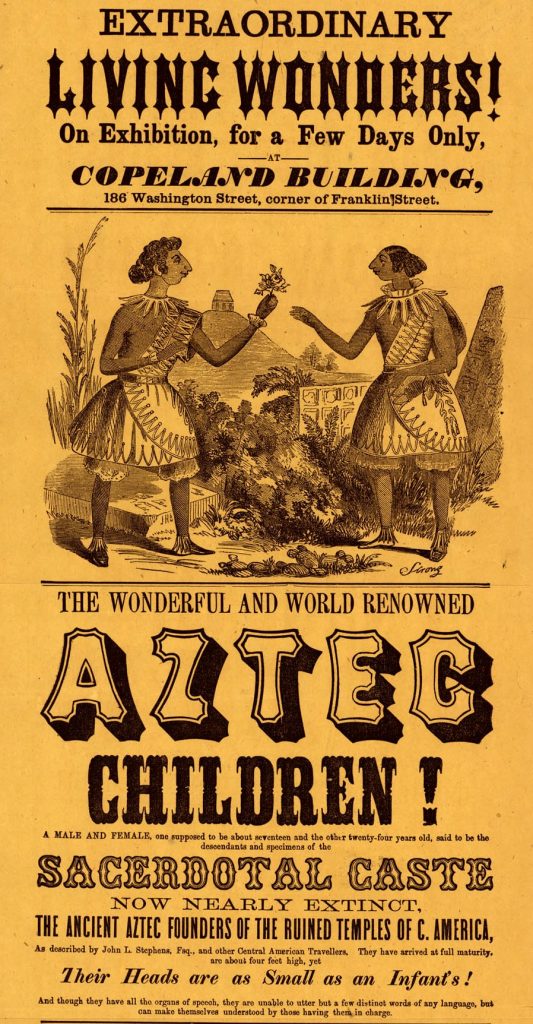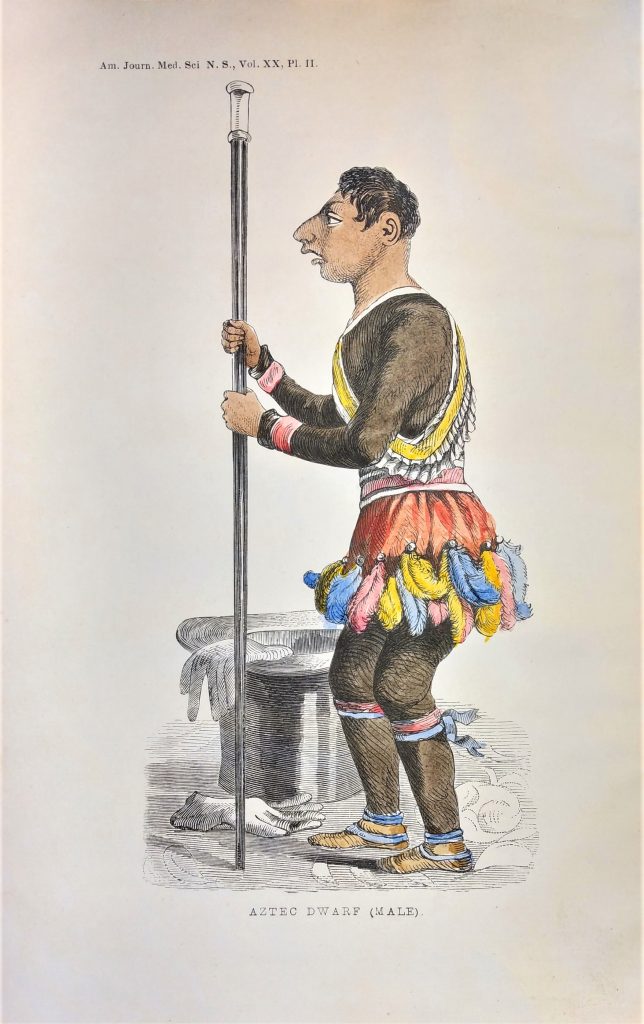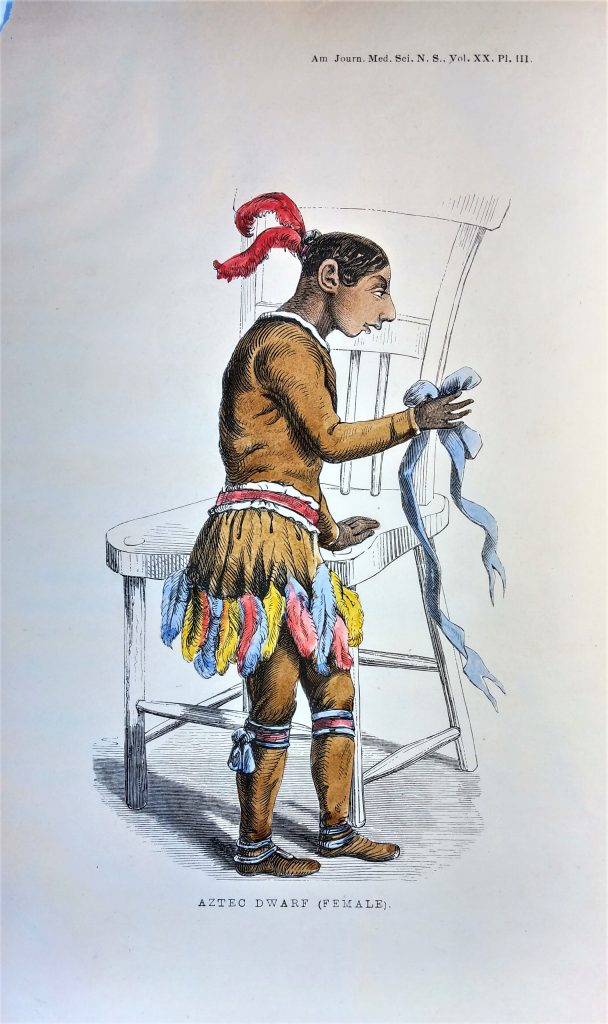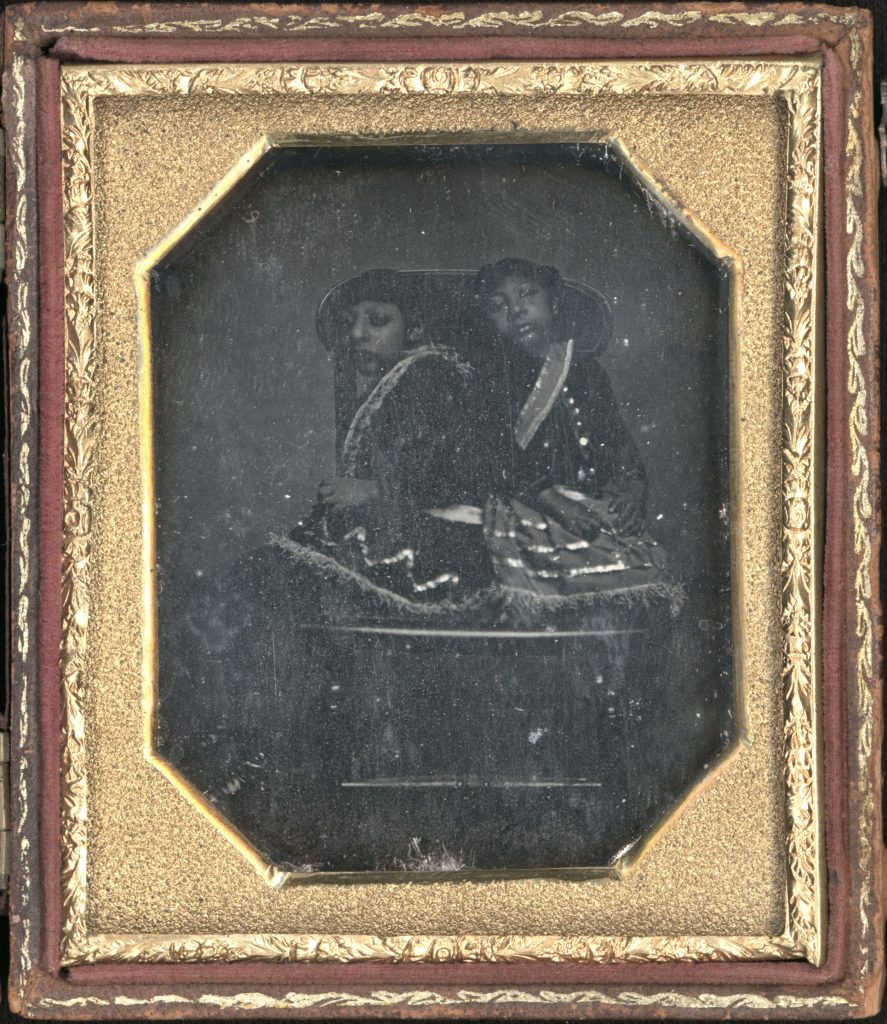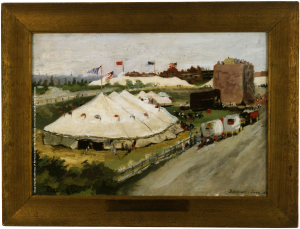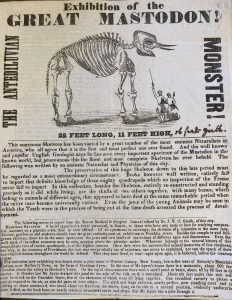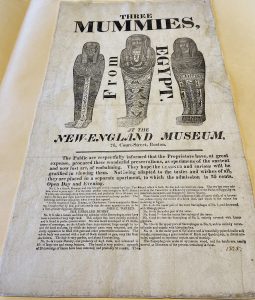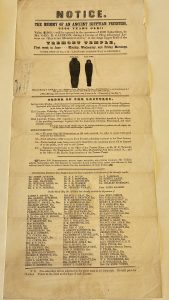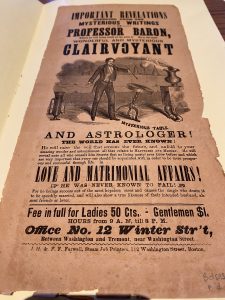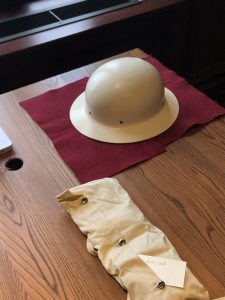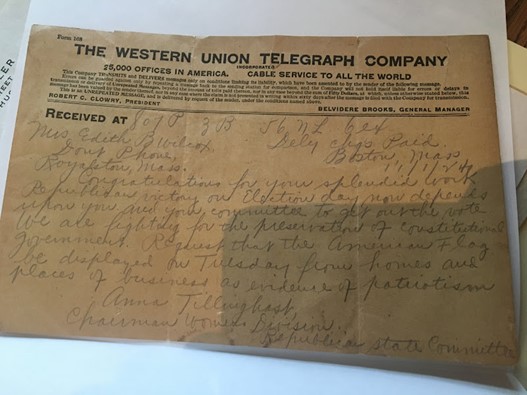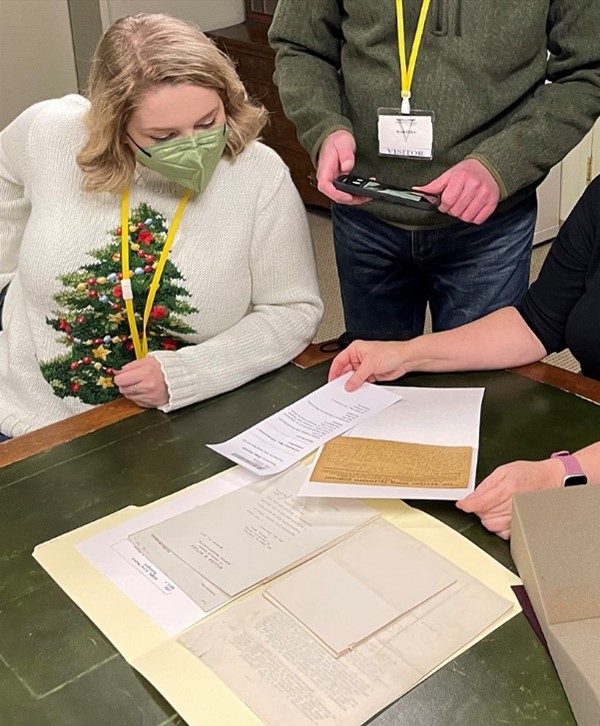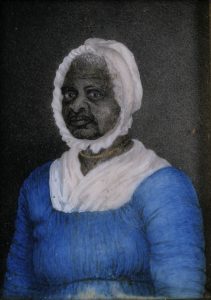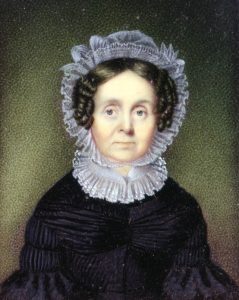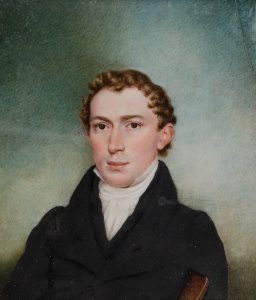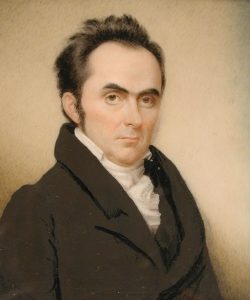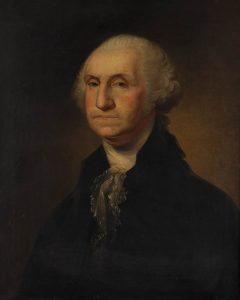By Klara Pokrzywa, Library Assistant
Like probably pretty much anyone that works in an archives, I love looking at old books and their lovely bindings! We have plenty of pristine old bindings here at the MHS – but just as interesting are the bindings in various states of wear and tear. Today I wanted to take a look at some books that are showing their age in one particular way: exposed wastepaper bindings.
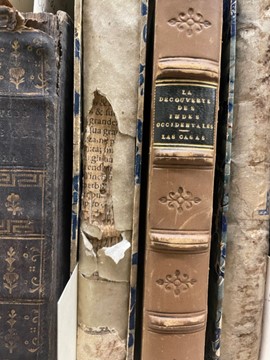
Wastepaper has been used in book bindings for centuries – essentially, it’s the practice of using scraps of used paper to reinforce or mend the bindings of newer texts. Most of the scholarly work on wastepaper bindings deals with fragments of medieval manuscripts, which are hand-scribed and generally produced on parchment. Atlas Obscura has a fascinating article on how researchers try to identify and reconstruct manuscripts found in the bindings of other texts. And if you’re interested in seeing some examples of what it looks like when a beautifully decorated manuscript is used as a binding, Princeton Libraries has a blog post with some very cool pictures. Finding a fragment of a medieval manuscript is a pretty big discovery, however, and it’s much more common for bindings to be reinforced with more modern printed paper. That doesn’t mean that these printed materials aren’t interesting!
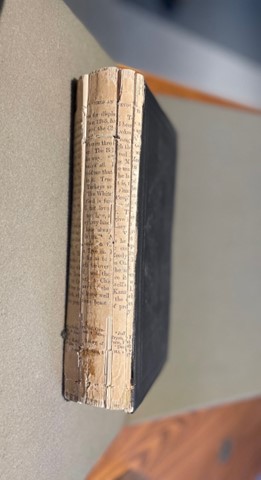
Our copy of Volume 1 from The works of John Adams, written by his grandson Charles Francis Adams, is one such example of printed wastepaper. The series was published between 1850-1856. As you can see above, under the leather of the binding, there are scraps of printed English language text on paper. If you look closely, you can see that this paper is actually a page from another book, complete with footnotes at the bottom.
This one is interesting because only the first volume in this series has the binding paper exposed. Perhaps the first volume was bound less securely than the rest, or perhaps it saw more use over the years than the later volumes! If the spines on the other volumes ever disintegrate (which they hopefully won’t!), it would be interesting to see if they were all bound in paper from the same source.
It’s frequently difficult to read binding fragments, because the narrow strips of paper mean you only ever get a few consecutive words, and never a full sentence. In this volume especially, the binding paper has separated out into even narrower little scraps, which makes it even harder! From what I can tell, the binding here looks as though it’s a history text – I think the text at the top where the title of a book or chapter would be says “American Evolution,” and some of the body text talks about food, turkeys, and agriculture.

This next book has only the edge of a page in its binding. There’s enough complete words to determine that it’s a German language text, which makes sense, seeing as this copy of Platonis dialogi : Graece et Latine (Platonic dialogues in side-by-side Greek and Latin) was published by the Berlin publisher Bekkeri. It dates a little earlier than the Adams text, likely between 1816-1818. Let’s take another view of the binding:
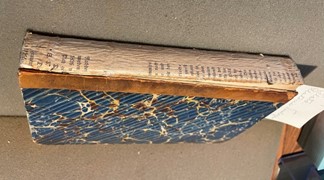
I love the slightly Gothic font! There are also a few numbers in this text, which look as though they might be dates, although they don’t correspond with the dates of publication. I can’t read German, so it’s difficult for me to tell anything further than this – although I think one of the words I managed to identify was “murden,” German for “murder,” which piqued my curiosity. If anyone can make more sense of this, let me know!
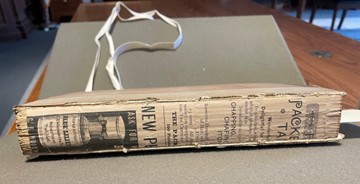
The last binding I want to talk about is from a book called A statistical view of the commerce of the United States of America : its connection with agriculture and manufactures; and an account of the public debt, revenues, and expenditures of the United States, by Timothy Pitkin. This was published in New York in 1817; I took a look inside while photographing it, and to be honest, it’s kind of slow reading! But the contrast between the very dry text of the actual volume and the commercial, upbeat tone of the binding is a little amusing to me, because as you can see, it’s bound with an advertisement for dandruff products.
These bindings are interesting because of the contrasts they occasionally draw with the content of the volumes they hold together, as with the Pitkin tome here, but also because it can tell us about what publishers did and didn’t value – these aren’t called wastepaper bindings for nothing! And while perhaps it isn’t particularly surprising that an old newspaper advertisement for dandruff cream was seen as waste, there’s also a tension here: it’s precisely because these scraps of paper were designated as disposable that they have survived.


